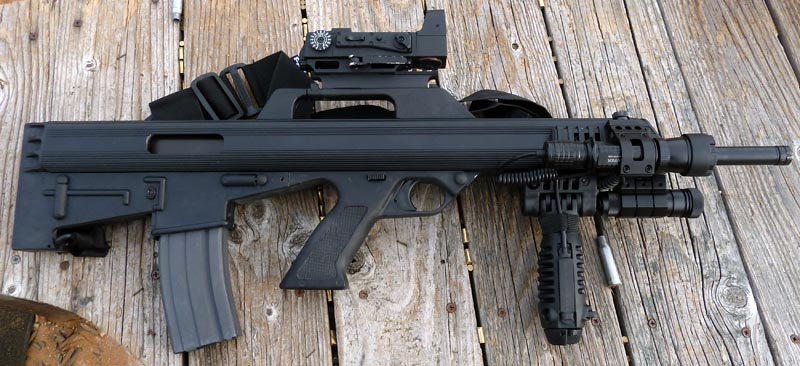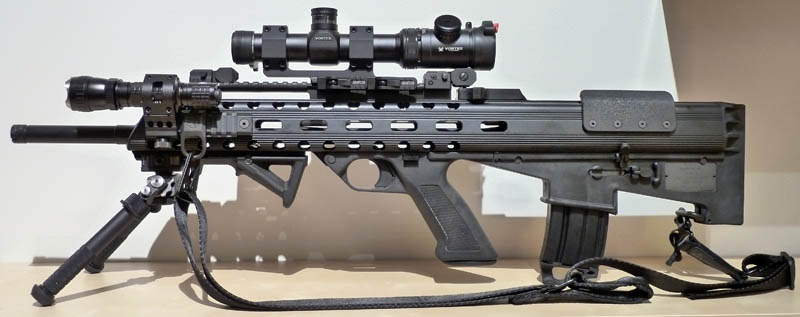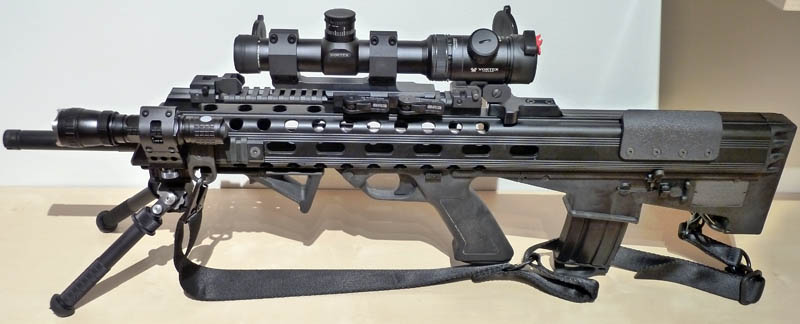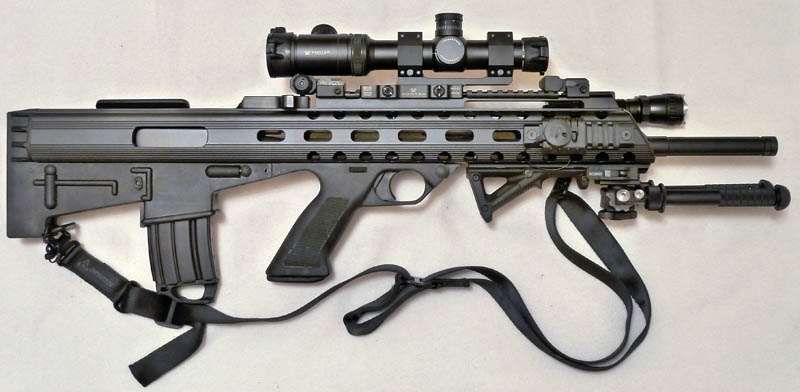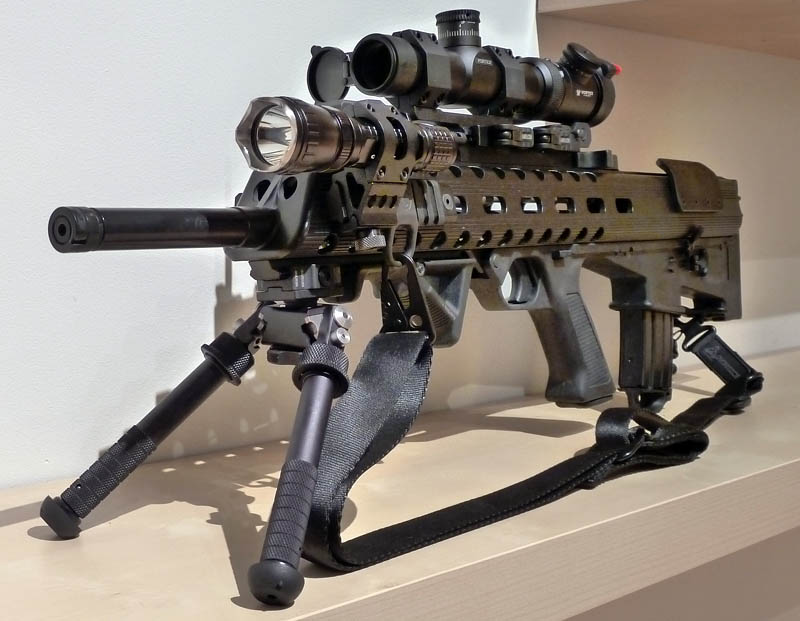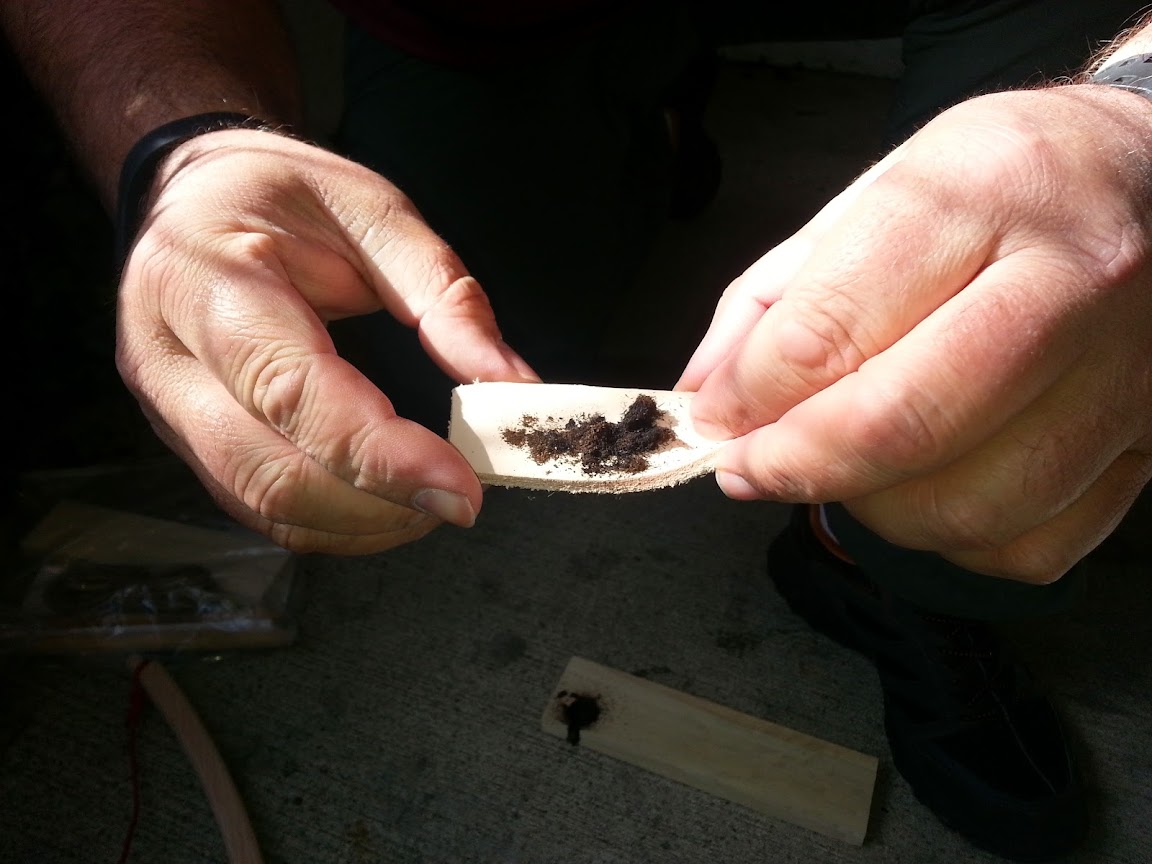by Gunguy
When someone asks me what pistol to get I recommend the Glock 19. I have been using them for several years and the Glocks are bomb proof. Glocks, AK’s and cockroaches will be the three remaining things on earth after a nuclear apocalypse. If you have one you know that it works out of the box and you don’t have to do anything to it.
Since I can’t leave good enough alone I made the following changes to improve on an all ready excellent gun. I have them listed in the order of personal importance.
- Trijicon 3 Dot Night Sights – The white dots are nice and crisp during the day and transition to a nice green glow as the light gets dimmer.
- Talon Rubber Stick On Grips – Rubber stick on grips improve the grip in wet conditions and are very comfortable. If you get the Pearce grip frame insert listed below put that in first and then put on the Talon grips.
- Tango Down Vickers Tactical Slide Stop – Gives the ability to execute faster reloads and allows the use of the slide stop with gloves.
- Tango Down Vickers GEN 4 Extended Mag Release – Allows me to to avoid shifting my grip on the weapon when releasing the magazine. Great for people with normal and small hands.
- White Sound Defense Extractor Depressor Assembly – Increases extractor reliability under harsh conditions and ejects the casing further away from the user.
- Pearce Grips Frame Insert for Glock – Keeps debris out of the magazine well and aids in faster reloads.
You can see in the pics below that the overall appearance hasn’t changed. The upgrades I chose improve the handling and reliability of the Glock 19 without altering it so that all the after market accessories and holsters will still work with the gun. With these changes the gun is considerably better and my absolute favorite.
Since the proof is in the pudding see the results of shooting 124 gr Aguila practice ammo at a 10 yard swinging target below.






